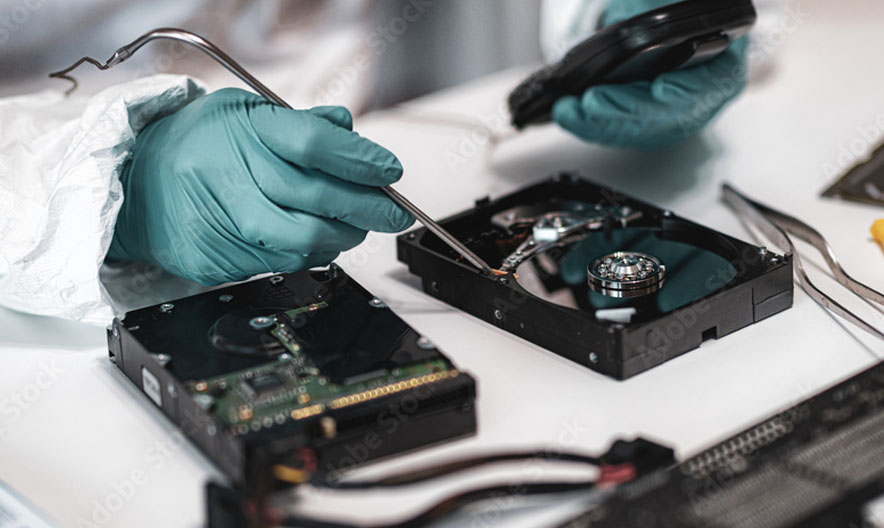
In today’s interconnected world, where digital technology permeates every aspect of our lives, the need for cybersecurity has never been more pressing. As businesses and individuals increasingly rely on digital platforms and data storage, the potential for cyber threats and criminal activities has grown exponentially. In this landscape, cyber forensics emerges as a vital tool in the fight against cybercrime. This blog explores the significance of cyber forensics, its methodologies, and its crucial role in safeguarding digital environments.
- Understanding Cyber Forensics: Cyber forensics, also known as digital forensics, is the process of collecting, analyzing, and preserving electronic evidence to investigate and prevent cybercrime. It involves the use of specialized techniques and tools to uncover digital trails left by cybercriminals, helping law enforcement and cybersecurity professionals understand the nature of an attack and identify those responsible.
- Key Objectives of Cyber Forensics:
- Incident Response: Cyber forensics plays a pivotal role in responding to cybersecurity incidents. It helps organizations identify the source and extent of a breach, enabling them to contain the incident promptly.
- Evidence Collection and Preservation: The proper collection and preservation of digital evidence are crucial for legal proceedings. Cyber forensics ensures that evidence is admissible in court and maintains its integrity throughout the investigation process.
- Cyber Forensics Methodologies:
- Live Analysis: Examining active systems and networks to gather real-time information about ongoing cyber threats.
- Static Analysis: Analyzing digital artifacts in a controlled, non-active environment to identify patterns and anomalies.
- Network Forensics: Investigating network traffic to trace the source and impact of cyber attacks.
- Memory Analysis: Scrutinizing the volatile memory of a system to uncover malicious activities that might not be stored on disk.
- Challenges in Cyber Forensics: Despite its critical role, cyber forensics faces various challenges, including encryption, anonymization tools, and the rapid evolution of cyber threats. Staying ahead of cybercriminals requires continuous adaptation of methodologies and tools.
- Emerging Trends in Cyber Forensics:
- Artificial Intelligence (AI): Integrating AI into cyber forensics enhances the speed and accuracy of analysis, helping professionals sift through massive amounts of data efficiently.
- Blockchain Forensics: As blockchain technology becomes more prevalent, there’s a growing need to investigate transactions and activities on decentralized ledgers.
- The Future of Cyber Forensics: As technology evolves, so too must cyber forensics. The future promises advancements in automation, machine learning, and AI-driven analytics, enabling quicker and more effective responses to cyber threats.
Conclusion: In a world where digital crimes are becoming more sophisticated, cyber forensics stands as a formidable line of defense. Its ability to uncover, analyze, and preserve digital evidence is indispensable in the fight against cybercrime. As technology continues to advance, the field of cyber forensics will play a pivotal role in ensuring the security and integrity of our digital landscapes.

Add a Comment